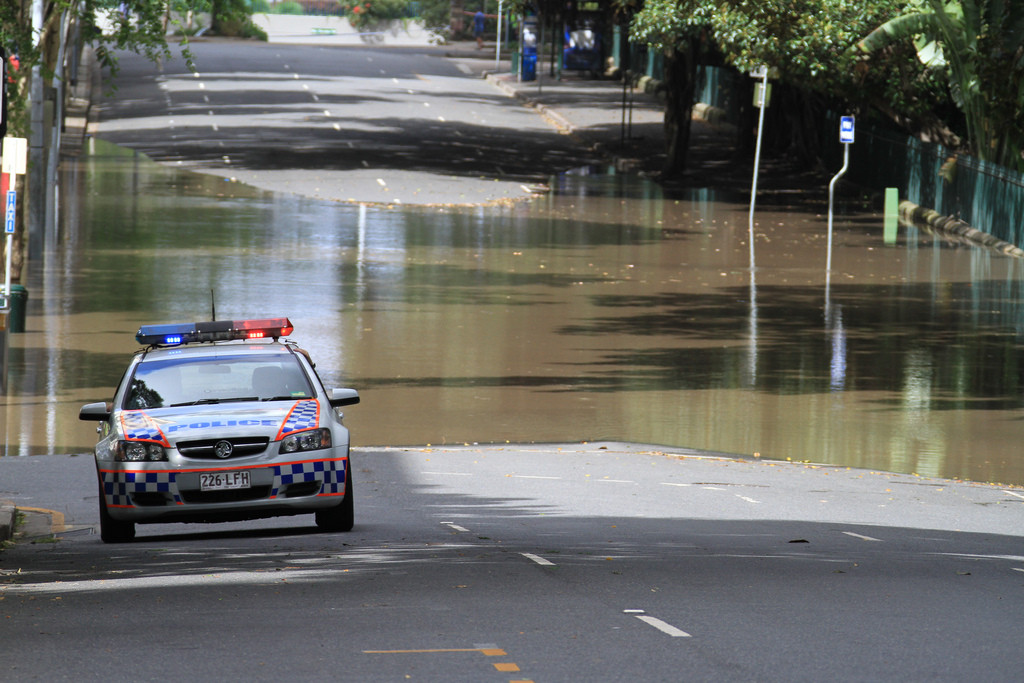
Credit: Jono Haysom
While Australia seeks shelter in an unusually persistent rainy season, councils are facing a storm that is unique to their experience in struggling to secure funding from the federal government to assist in disaster recovery.
Although councils have felt relatively secure in safety nets like the Natural Disaster Relief and Recovery Arrangements, they now fear that these crucial funding schemes might soon dry up if the Productivity Commission has its way.
In a draft report from the Productivity Commission about natural disaster funding, it was recommended that financial support to the states and territories for natural disaster relief and recovery be reduced.
However the Commission also recommended that mitigation funding be increased to encourage governments to manage natural disaster risks more sustainably and equitably.
But councils in Queensland, which have felt the brunt of nature’s unrelenting force in recent years, have strongly voiced their opposition to any reduction or withdrawal of federal funding support for towns and regions hit by cyclones and other natural disasters.
The recovery process since the unprecedented floods of 2010-2011 has hit communities hard, with the damage bill totalling $30 billion.
This enormous bill has required abundant levels of assistance from the federal government, but the Productivity Commission has raised new funding arrangements to be considered by the government.
These new arrangements would slash federal assistance from 75 per cent to 50 per cent and allow Canberra to escape paying anything if the damage bill from the disaster is less than $2 million.
That’s the worry expressed by the Local Government Association of Queensland (LGAQ), which has slammed the Productivity Commission’s recommendation.
LGAQ President Margaret de Wit said the proposals would represent a “massive cost shift” and allow the federal government to avoid a large part of its responsibility to help communities struggling after cyclones and other disasters.
“Communities need to realise the impact of these proposed changes and that if the federal government accepts them they and their local councils will be left to find other ways to pay for what are always hefty damage bills,’’ Ms de Wit said.
“The community will be left with an ugly choice: either pay more for reconstruction or be forced to leave large parts of their disaster-hit towns and regions in ruins for months until they can be repaired.”
According to Ms de Wit, the current disaster funding system under the Natural Disaster Relief and Recovery Arrangements was “sound and efficient and in little need of reform”.
Ms de Wit was frank in her opposition to the proposed changes, saying that these are changes that “might look good on a bureaucrat’s whiteboard but would have dire consequences in regional communities in Queensland”.
Ms de Wit expressed her frustration that the government had “dragged its feet” on the issue while councils had been patient and diligent in ensuring the Productivity Commission and other agencies had all information relevant to the inquiry.
She warned that whatever the government decides will have a profound effect on council budgets, “so they need to know where they stand as soon as possible”.
Councils across Australia have been hit hard already by the federal government’s freeze on Financial Assistance Grants, as well as the Victorian government’s recent imposing of rate capping, which is placing the local government sector in a position to strategise more thoughtfully about its procurement policy to create bigger financial savings.
“If councils are in for additional costs in regard to their response to natural disasters they need to factor those costs in now,” Ms de Wit said.





